In this article, we will see what you can do if your laptop keeps restarting when the charger is plugged in. According to the reports, the laptop works perfectly on battery power. However, when users plug in the power adapter to charge their laptop, it keeps restarting. It is important to fix this problem, as you can lose your unsaved work and also not be able to use your laptop when it is charging.
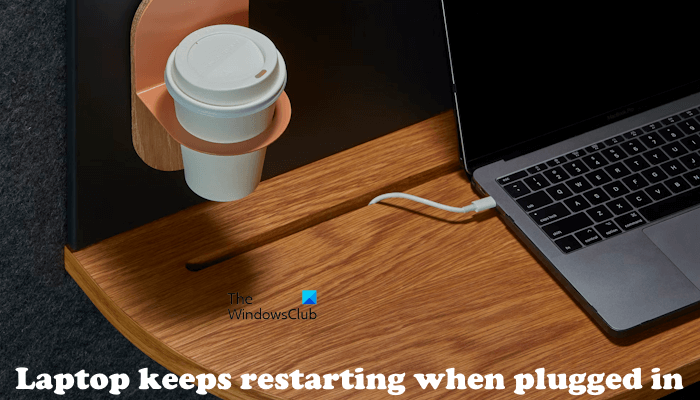
Windows laptop keeps restarting when plugged in
Use the following fixes if your laptop keeps restarting when plugged in and charging.
- Use another wall socket
- Change your laptop charger
- Run the Power Troubleshooter
- Change your power plan or create a new one
- Reinstall the battery driver
- Repair your system image files
- Update or reset the BIOS
- The problem may be with your motherboard
Below, we have explained all these fixes in detail.
1] Use another wall socket
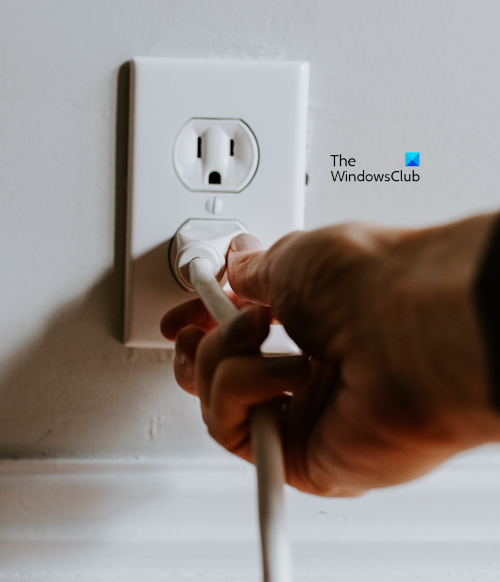
Usually, power surge issues cause such types of problems. Maybe the problem is associated with the wall socket you use to charge your laptop. To confirm this, connect the charger to another wall socket. If the problem does not appear this time, check the wiring of the previous wall socket.
2] Change your laptop charger
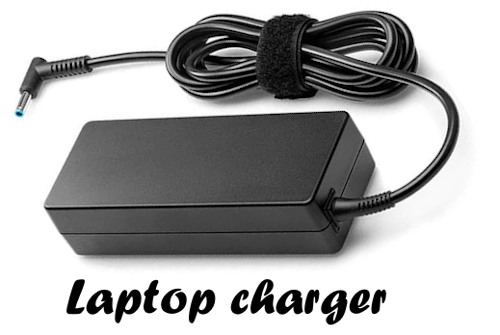
If another charger is available to you, use that charger to charge your laptop and see if it restarts automatically this time. If this fixes the issue, you need to replace your laptop charger.
3] Run the Power Troubleshooter
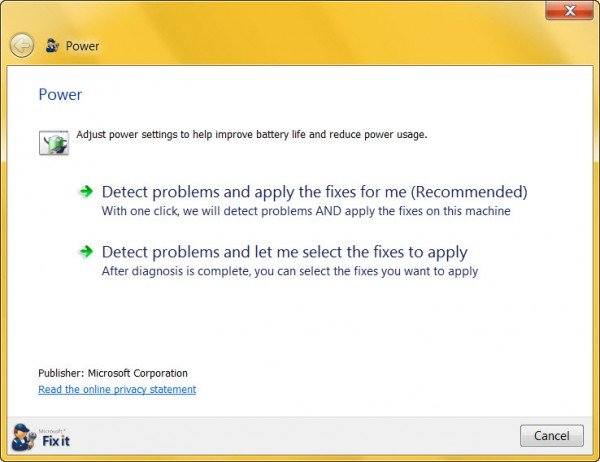
We also suggest you run the Power Troubleshooter. This is an automated tool in Windows computers that is intended to fix the power issues on a computer system.
4] Change your power plan or create a new one
Windows allows users to create a new power plan or modify the settings of the currently active power plan. The currently active power plan might be causing this problem. We suggest you create a new power plan or switch to other available power plans and then see if the problem persists.
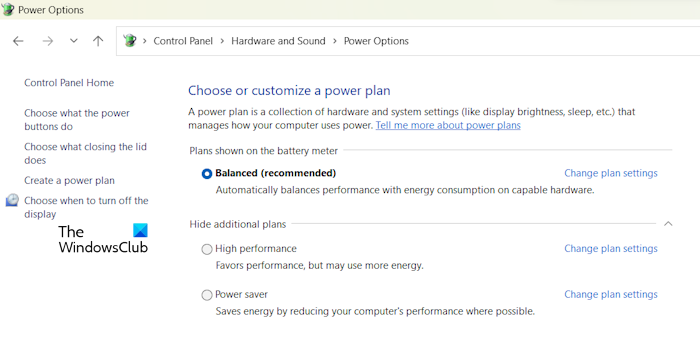
You can restore the missing default power plans on your Windows computer by executing the required commands in the Command Prompt as an administrator. If the commands to restore the missing power plans do not work and you see only the Balanced power plan in the Control Panel, the Modern Standby Mode S0 might be active on your system. In such a case, first, you have to turn off the Modern Standby S0 mode. After that, the commands to restore the missing default power plans work.
If changing the power plan works, you can reset the settings of your previous power plan to the default.
5] Reinstall the battery driver
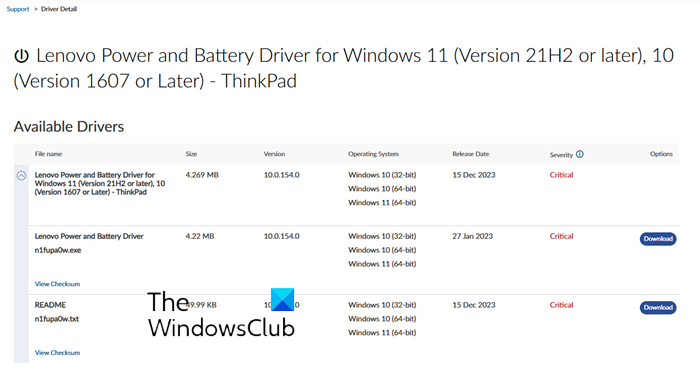
A corrupt battery driver can also cause this problem. We suggest you reinstall the battery driver. The process of downloading and installing the battery driver can be a bit different for some users. This is because the battery driver is not available on the official websites of some computer manufacturers. You can visit the Microsoft Catalog website to download the battery driver for your laptop.
6] Repair your system image files
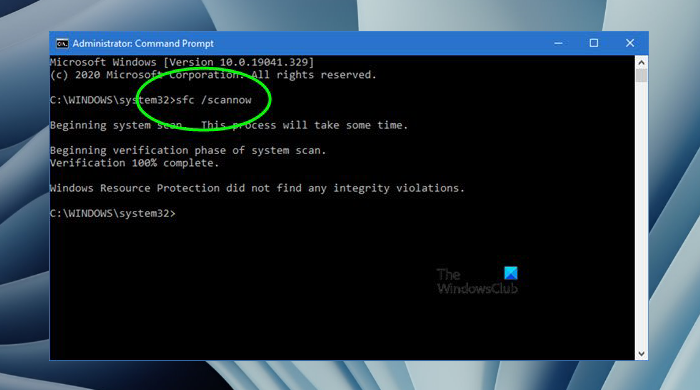
Run System File Checker and see if it finds any corrupt system image files. If it detects any corrupt system image files, it will repair them. We also suggest you run the DISM tool to find and run the corrupt system image files.
7] Update or reset the BIOS

We also suggest you update the BIOS of your laptop to the latest version. Visit the official website of your computer manufacturer to download the latest version of BIOS. Now, check the version of BIOS installed on your system via the System Information tool. If your system has an older version of BIOS, install the latest version you downloaded from the website.
If your system BIOS is already up to date, we suggest you reset your BIOS settings to the default.
8] The problem may be with your motherboard
If the issue still persists, the problem may be associated with your laptop motherboard. Maybe some components on your motherboard are faulty or damaged. You can try performing the hard reset and see if it helps. To do so, follow the steps provided below:
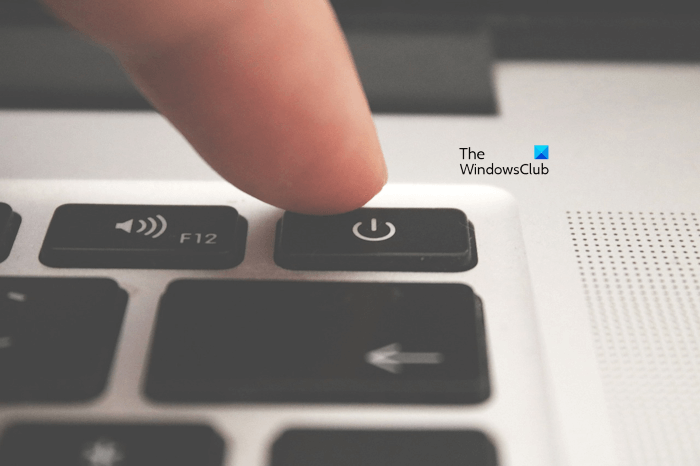
- Turn off your laptop completely.
- Remove the battery (if the battery is removable) and disconnect all the peripherals.
- Press and hold the power button for 30 to 45 seconds.
- Install the battery and turn on the laptop.
The above process will drain the residual charge from the capacitors. Now, connect the charger and see if the issue appears. If this method works but the issue reappears again after some time, we recommend you take professional help.
That’s it.
Why is my battery 100% but dies when the charger unplugged?
If your laptop battery says 100% but dies when unplugged, this indicates that the battery of your laptop is faulty or failing. However, the problem may also be associated with the laptop charger. Run the battery test and replace your battery (if it is faulty).
How do I check the health of my laptop battery?
You can check the health of your laptop battery by generating the battery health report. Windows has a built-in tool that checks the health of a laptop battery and generates the report. Alternatively, you can also use third-party battery health test software.
Read next: Windows Laptop Battery drains in Sleep Mode.